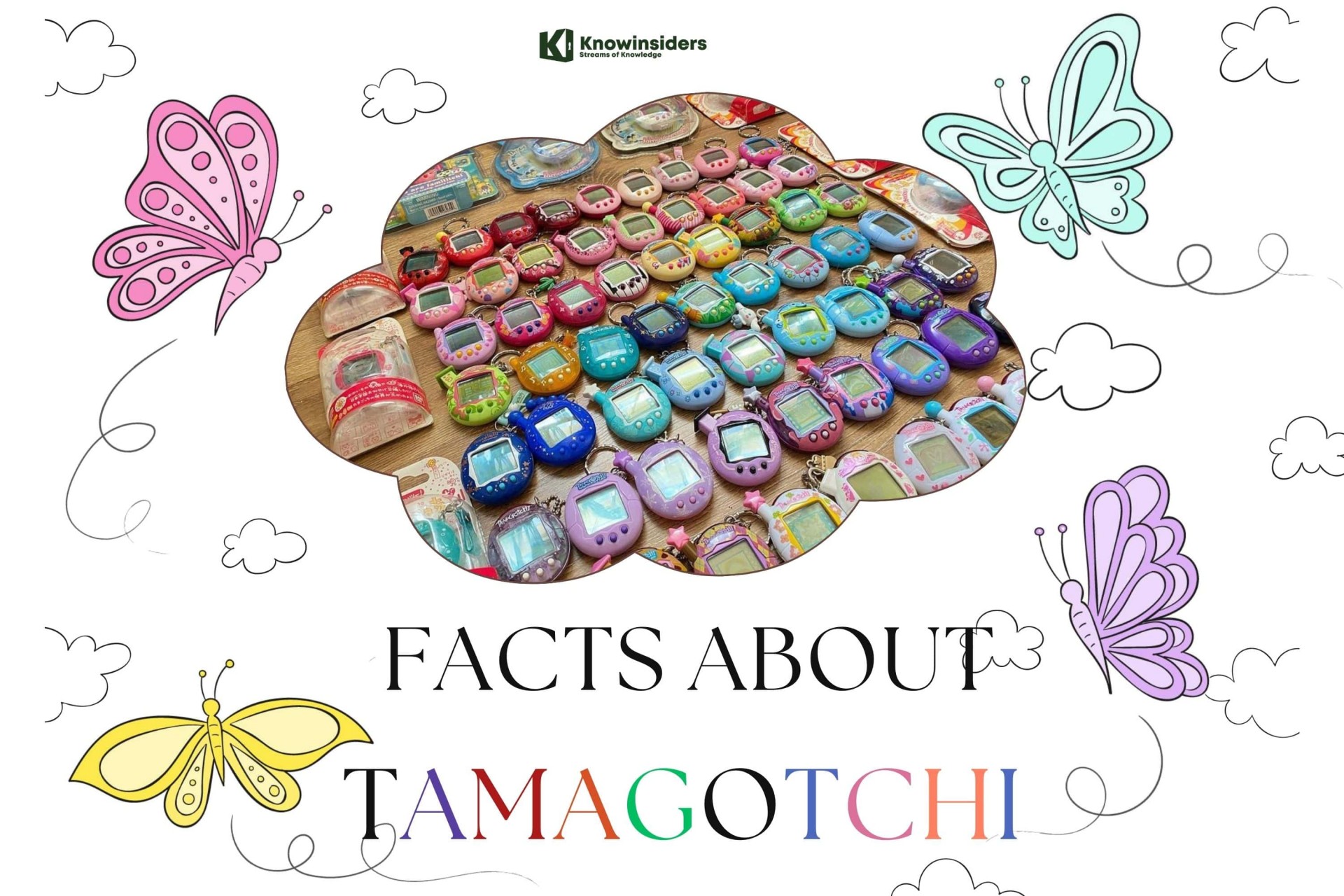Amazing Facts About Thunderstorms: Causes, Types and How to Stay Safe
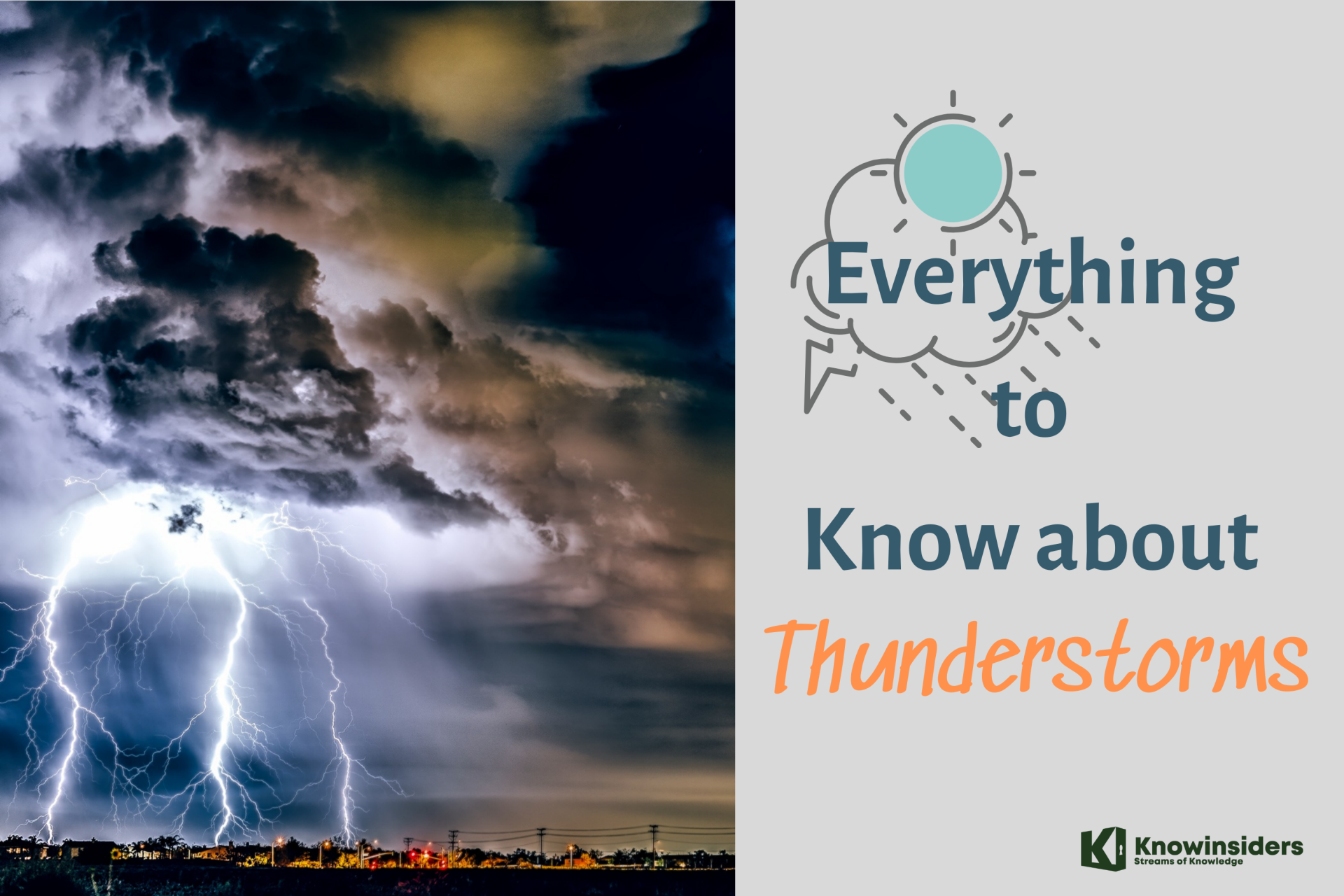 |
| Things you need to know about thunderstorms. Photo: KnowInsiders |
What is a Thunderstorm?
Thunderstorm, a violent short-lived weather disturbance that is almost always associated with lightning, thunder, dense clouds, heavy rain or hail, and strong gusty winds. Thunderstorms arise when layers of warm, moist air rise in a large, swift updraft to cooler regions of the atmosphere.
There the moisture contained in the updraft condenses to form towering cumulonimbus clouds and, eventually, precipitation. Columns of cooled air then sink earthward, striking the ground with strong downdrafts and horizontal winds.
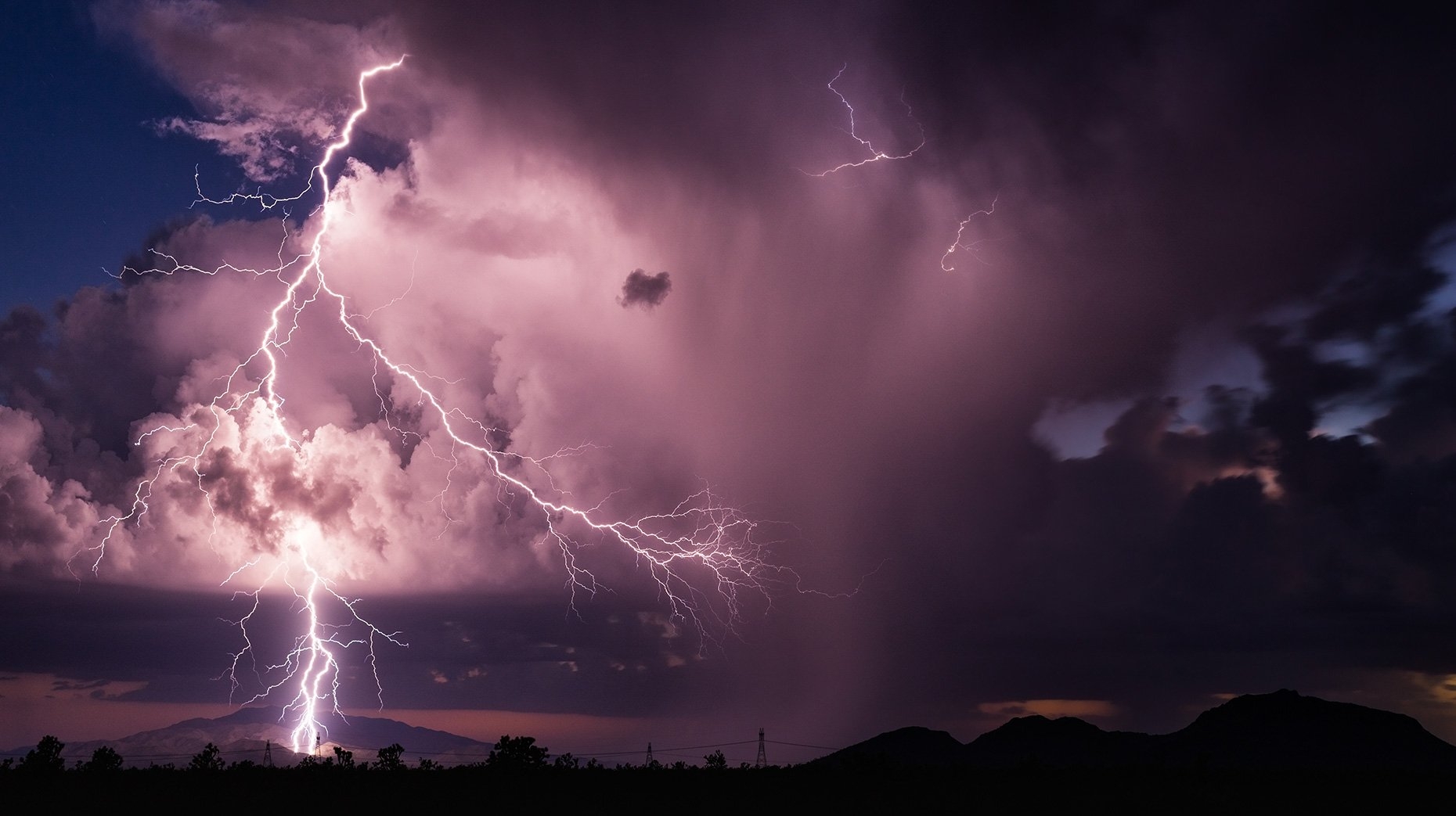 |
| Photo: The Lincolnite |
At the same time, electrical charges accumulate on cloud particles (water droplets and ice). Lightning discharges occur when the accumulated electric charge becomes sufficiently large. Lightning heats the air it passes through so intensely and quickly that shock waves are produced; these shock waves are heard as claps and rolls of thunder. On occasion, severe thunderstorms are accompanied by swirling vortices of air that become concentrated and powerful enough to form tornadoes.
 What Is The Biggest and Smallest State in the US? What Is The Biggest and Smallest State in the US? What state is the biggest in the US? That’s a big question. Read on this article and you will find the answer. |
What Causes Thunderstorms?
Thunderstorms form when an air mass becomes so unstable that it overturns (convects) violently. "Unstable" means that the air in the lowest layers is unusually warm and humid, or that the upper layers are unusually cool, or oftentimes, both.
Pockets of rising near-surface air in an unstable air mass expand and cool, and as some of the water vapor present condenses into a cloud it releases heat, which then makes the air parcel even warmer, forcing it to rise still higher in the atmosphere.
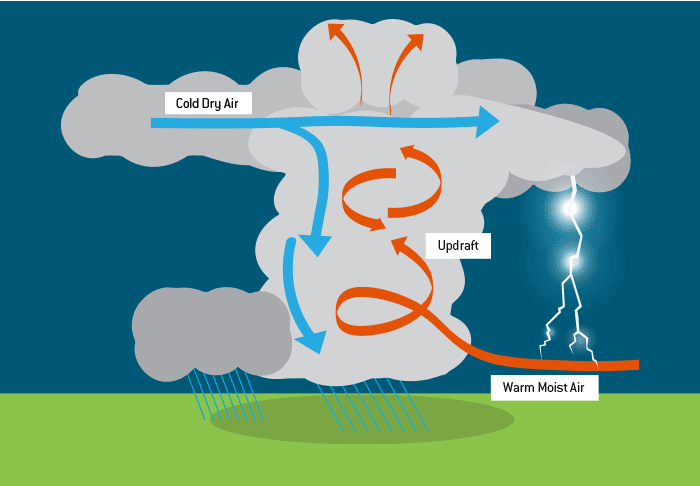 |
| Photo: Direct Energy |
If the lower-level air is sufficiently warm and humid, and the higher altitude air is sufficiently cool, this process continues until a tall convective cloud -- the thunderstorm -- is formed. The result can be a storm extending as high as 40,000 to 60,000 feet (8 to 12 miles). The upper portions of the storm -- even in the warm tropics -- are made of ice: ice crystals, graupel, snow, and sometimes hail. About 50% of the rain reaching the surface in a thunderstorm originated as ice in the upper reaches of the storm.
The updrafts in thunderstorms can be very strong -- 50 knots or more -- which can help support the weight of hailstones as they grow. Such updrafts cause extreme turbulence for aircraft, which will only fly through the strongest portions of thunderstorms if the pilots have no other choice. Despite the large stresses this puts on planes (and their passengers), modern jet aircraft are designed to withstand those stresses.
Types of Thunderstorm
A severe thunderstorm is a thunderstorm that includes a tornado, drops hail of one inch or greater, and/or has wind gusts in excess of 57.5 mph.
This is probably the most common thunderstorm type you may hear about on the news or in the weather forecast, but our friends at the National Severe Storms Laboratory (NSSL) cover a few more details that we’d like to share with you.
Single-Cell vs. Multi-Cell
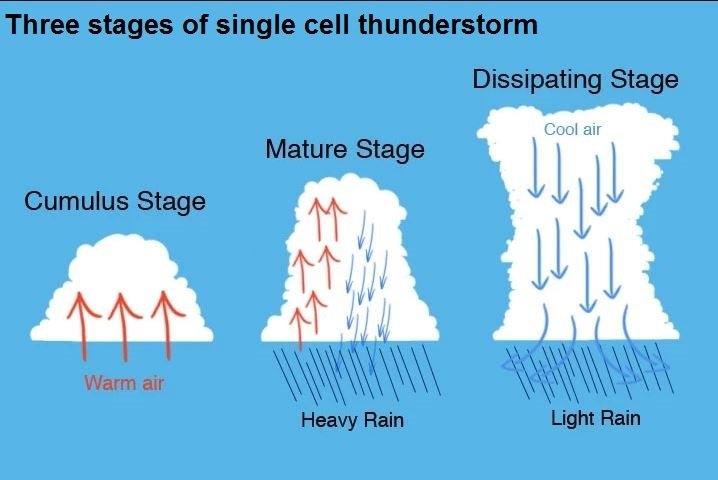 |
| Photo: Net Weather |
Did you know that there are both single-and multi-cell thunderstorms?
A single-cell thunderstorm is also known as a “popcorn” convection. These storms are small, brief, and weak. They tend to grow and die within an hour. You’ll typically see these storms on a hot summer afternoon.
Don’t be fooled by their weak description. Single-cell thunderstorms can produce brief heavy rain and lightning.
On the other hand, multi-cell thunderstorms can be a bit more severe. As your typical thunderstorm, multi-cell storms can produce new cells and therefore last as a system for hours. They also can produce hail, strong winds, brief tornadoes, and flooding.
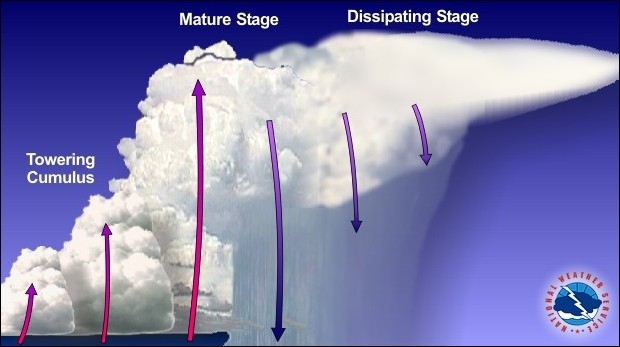 |
| Photo: National Weather Service |
Squalls and Supercells
When a multi-cell storm grows in a line that’s 10 to 20 miles wide we call that a squall line. This group of storms is often accompanied with high wind and heavy rain. While squall lines can be intense, they tend to pass quickly.
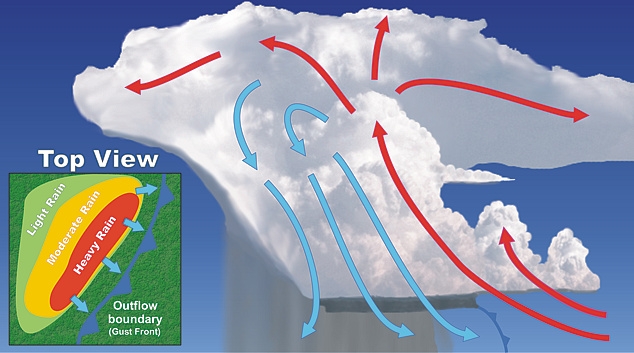 |
| Photo: National Weather Service |
Supercells, on the other hand, are long-lived. In fact, they occur for at least one hour. These highly organized storms feed off an updraft that is tilted and rotation. This updraft can be up to 10 miles in diameter and up to 50,000 feet tall!
You may see the updraft as much as 20 to 60 minutes before a tornado forms. Supercells are where the most violent tornadoes come from.
 |
| Photo: National Weather Service |
Speaking of tornadoes, the next type of storm we’ll cover is a “bow echo.” We see bow echoes on radar and they help us predict tornadoes. It’s basically a squall line that “bows out” as winds fall behind the line and start to circulate.
A strongly bowed echo may indicate high winds in the middle of the line, where the storms are moving forward most quickly. Brief tornadoes are likely to occur on the leading edge of a bow echo.
Mesoscale Convective Systems
The next type of thunderstorm grouping is a Mesoscale Convective System (MCS). This is a collection of thunderstorms that can spread across an entire state and last more than 12 hours.
We use this term to classify any of the following storm types:
1. Mesoscale Convective Complex (MCC): Large, circular, long-lived cluster of showers and thunderstorms
2. Mesoscale Convective Vortex (MCV): A low-pressure center that pulls winds into a vortex
3. Derecho (“deh-REY-cho”): Widespread, long-lived wind storm associated with a band of rapidly moving showers
| Some facts about thunderstorms: 1. An estimated 16 million thunderstorms occur on Earth every year. 2. At any given time, there are about 2,000 thunderstorms in progress. 3. Thunderstorms can produce damaging straight-line winds, hail, heavy rain, deadly lightning and tornadoes. 4. In the United States alone, an estimated 100,000 thunderstorms occur each year. 5. Of those 100,000 thunderstorms in the U.S., about 10% are classified as severe, producing either damaging winds or wind damage, large hail and/or tornadoes. 6. There are four main types of thunderstorms: single-cell, multi-cell cluster, multi-cell line (squall line) and supercell. 7. The average thunderstorm is 15 miles wide and lasts around 30 minutes. |
How to stay safe in a thunderstorm
Protecting yourself
Know the “30/30” rule: When you see a lightning flash, start counting. If you don't make it to 30 before hearing the thunder, head indoors. Then stay indoors until 30 minutes after hearing the last boom of thunder.
If you’re already indoors
-
Avoid using corded phones and electronics such as computers or power tools. Electrical wires can conduct lightning.
-
Don't use your cell phone during a thunderstorm.
-
Don't wash your hands, shower, wash dishes or do laundry. Metal pipes in the plumbing can also conduct lightning.
-
High winds and hail can shatter glass, so stay away from windows, skylights and doors.
-
Keep drapes and blinds closed to prevent the hail-shattered glass from blowing in or flying around.
If you’re outside when a storm hits
-
Take shelter when you see dark clouds or lightning, hear thunder or feel hail.
-
Head for an enclosed building, rather than a carport or open garage.
-
No enclosed structure? Get inside a hardtop, all-metal car, truck or SUV. Avoid leaning against vehicles.
-
Get off bicycles and motorcycles.
-
If no shelter from lightning is available, squat down and put your hands on your knees with your head in between to make yourself a smaller target.
-
If you’re in the water, head for shore immediately and avoid metal objects. Water and metal can both carry an electrical current.
-
If you're in a group of people, spread out.
-
Take care of your pets by bringing them inside. Doghouses are not lightning- or hail-proof.
 Is Turkey In Europe Or Asia? Is Turkey In Europe Or Asia? To learn more about Turkey and whether this country is in Europe or Asia, keep reading the article below. |
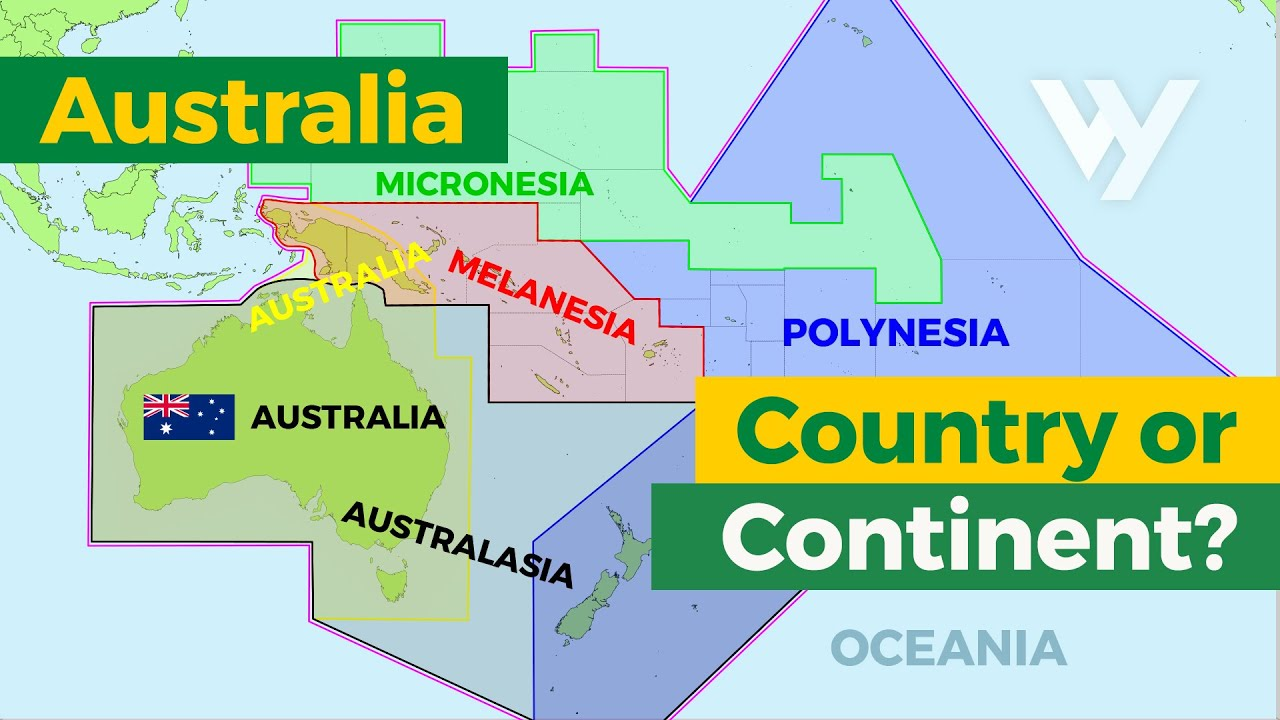 Is Australia A Country Or A Continent? Is Australia A Country Or A Continent? To answer your question: "Is Australia a country or continent?", keep reading the article below and learn more about Australia. |
 Facts About Landlocked Countries in The World Facts About Landlocked Countries in The World Landlocked countries have some very unique issues that they have to deal with. In this article, we're going to explore the definition of landlocked countries ... |



